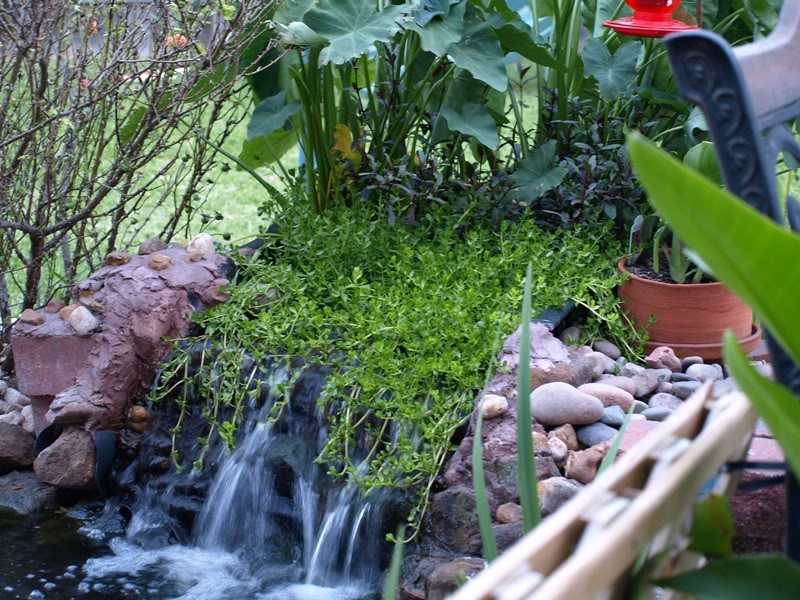
Everything You Need to Know: How Do Koi Pond Filters Work
Introduction
If you own a koi pond, you understand the importance of keeping the water clean and healthy for your fish. One of the most critical components of your koi pond is the filtration system. In this article, we will explore everything you need to know about how koi pond filters work and why they are essential to maintaining a thriving aquatic environment for your fish.
What is a Koi Pond Filter?
A koi pond filter is a mechanical device that is designed to remove debris, chemicals, and particles from the water in your pond. The filtration system is vital for maintaining healthy water conditions for your fish and aquatic plants. Without a proper filter, your koi pond water can quickly become cloudy, develop harmful bacteria, and even harm your fish.
How Do Koi Pond Filters Work?
Koi pond filters work by using a variety of filtration techniques to remove waste, toxins, and debris from the water. The main filtration methods used in koi pond filters are mechanical, biological, and chemical filtering.
Mechanical Filtration
Mechanical filtration is the first line of defense in removing debris and particles from your koi pond water. The mechanical filtration process involves water flowing through a series of filters that trap larger particles such as leaves, twigs, and fish waste. These filters can range from simple filter pads to more complex bead filters, vortex filters, and sand filters.

In mechanical filters, water is pushed through a series of mechanical filters to trap debris and other large particles.
Biological Filtration
Biological filtration helps to break down harmful bacteria and toxins in your koi pond water. The biological filtration process involves using beneficial bacteria to convert toxins such as ammonia and nitrites into less-harmful nitrates. This process is done using the nitrification cycle, which requires a porous medium where bacteria can thrive. Biological filters can take on different forms, such as biofilters, wetlands, and even simple sponge filters.

Biological filters help to break down toxins in your koi pond water by using beneficial bacteria.
Chemical Filtration
Chemical filtration helps to remove any remaining toxins from your koi pond water. Chemical filtration usually involves the use of activated carbon or other chemical filter media, such as zeolite or ion exchange resins. These filters work by attracting and binding toxins to the surface of the filter media.

Chemical filters help to remove any remaining toxins in your koi pond water.
Types of Koi Pond Filters
There are several types of koi pond filters available on the market today. Each type uses a combination of mechanical, biological, and chemical filtration methods to keep your koi pond water clean and healthy. Below are the most common types of koi pond filters and how they work.
Gravity-Based Filters
Gravity-based filters are the most common type of koi pond filter used by home gardeners. These filters are usually located outside of the pond and below the water level, allowing water to flow freely through the filter and back into the pond via gravity. These filters can be simple or complex, depending on the size of your pond and the number of fish you have.
Gravity-based filters are the most common type of koi pond filter used by home gardeners.
Pressurized Filters
Pressurized filters are compact and can be hidden discreetly around your koi pond. These filters are ideal for smaller koi ponds and backyard water gardens. Pressurized filters use a pump to force water through the filter media, allowing it to perform mechanical and biological filtration.

Pressurized filters are compact and can be hidden discreetly around your koi pond.
Bead Filters
Bead filters are an increasingly popular choice for koi pond enthusiasts due to their superior filtration capabilities. These filters use beads to mechanically filter small particles and biological media to convert toxins. Bead filters are effective for ponds with high stocking densities and can handle large volumes of water.

Bead filters are an increasingly popular choice for koi pond enthusiasts due to their superior filtration capabilities.
Conclusion
Proper filtration is crucial to maintaining a healthy and thriving koi pond. Knowing how koi pond filters work and the different types available can help you choose the right filtration system for your pond. Remember to perform regular maintenance on your koi pond filter to ensure optimal filtration performance.